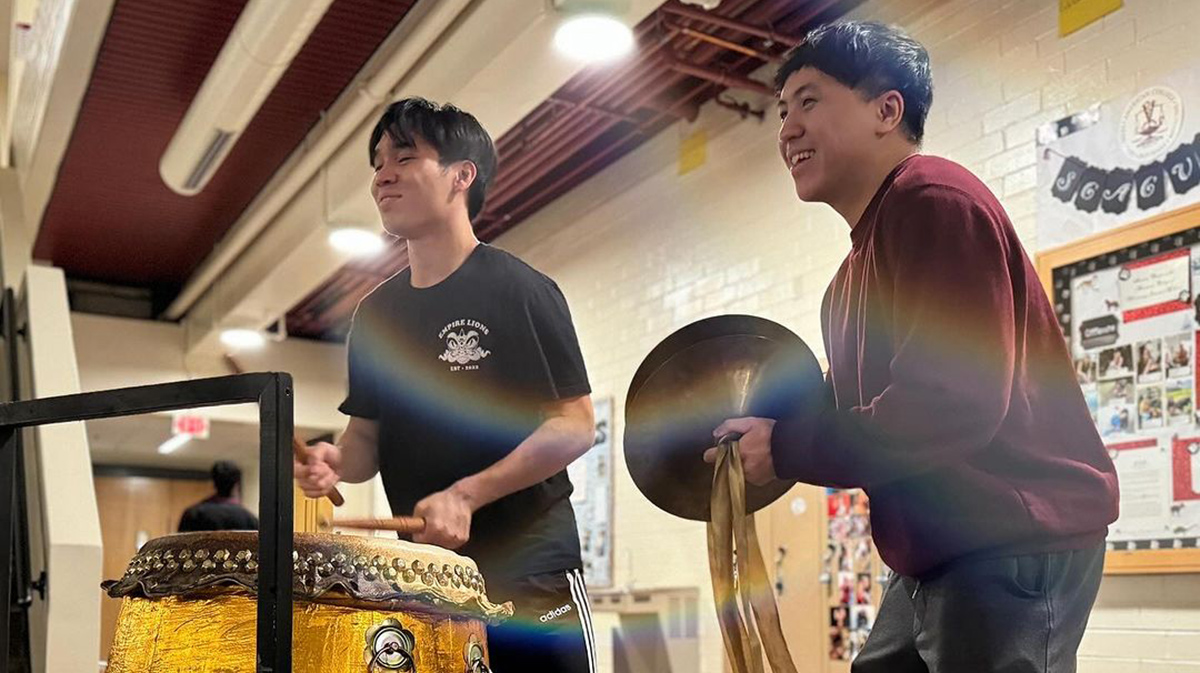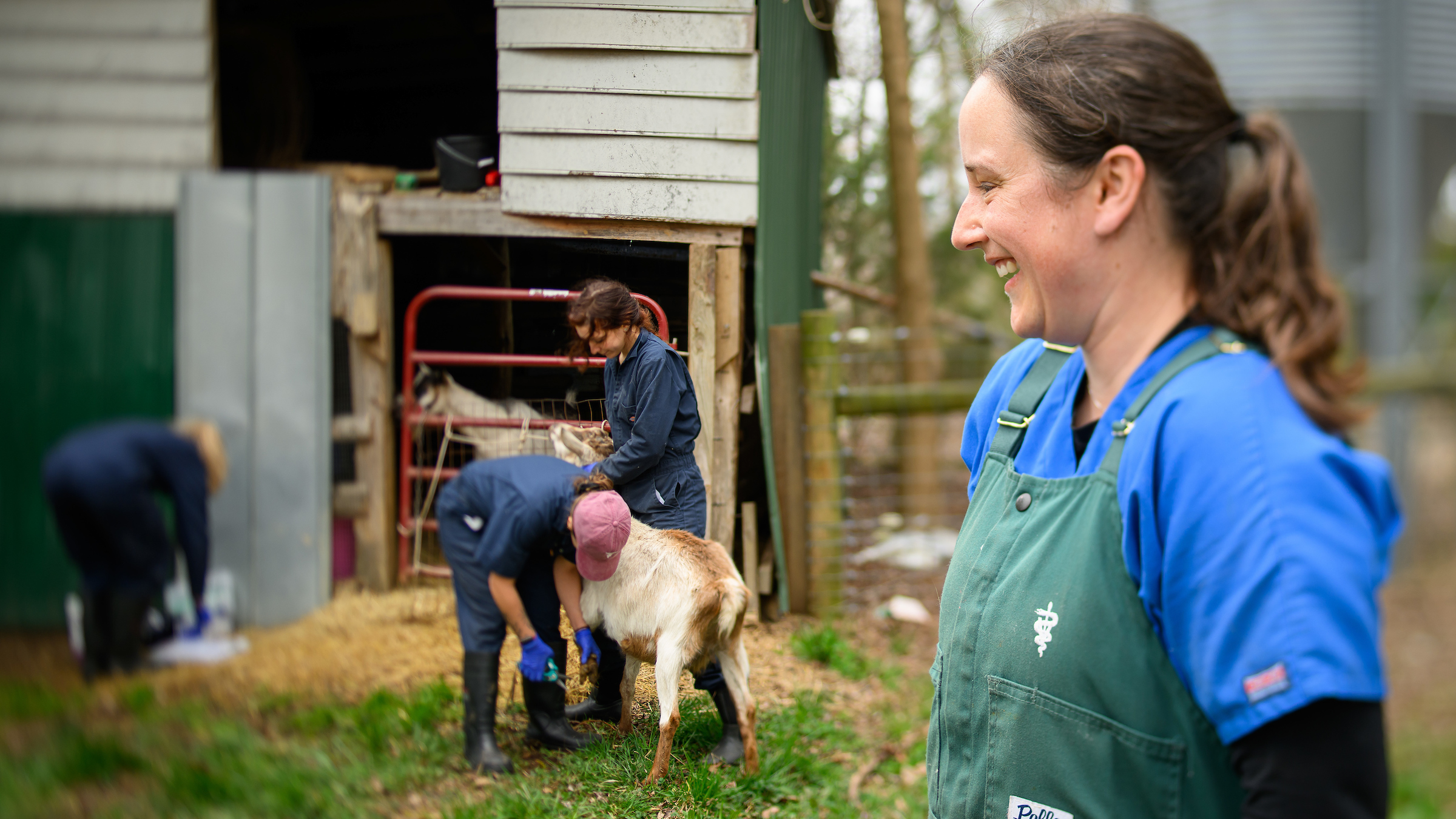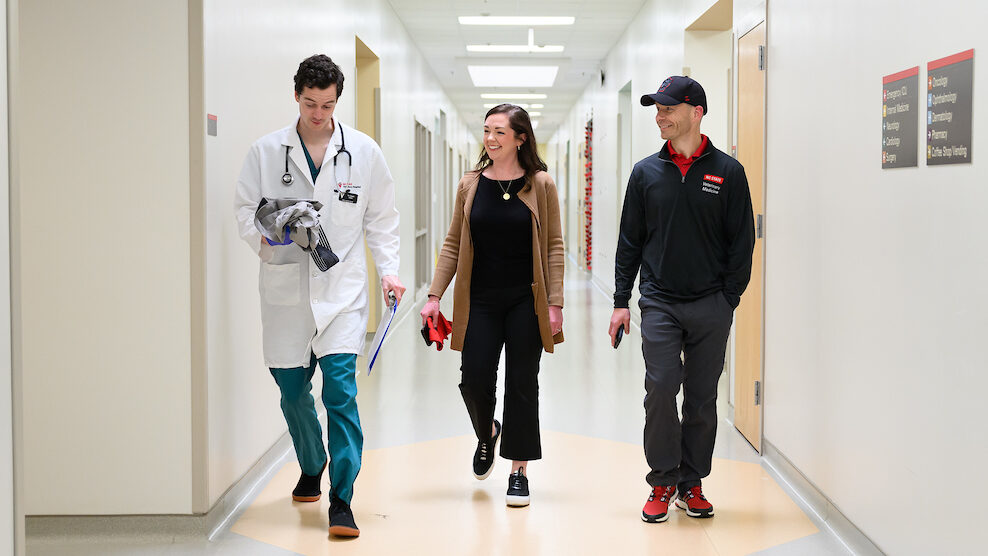Summers Spent on the Frontlines of Global Health
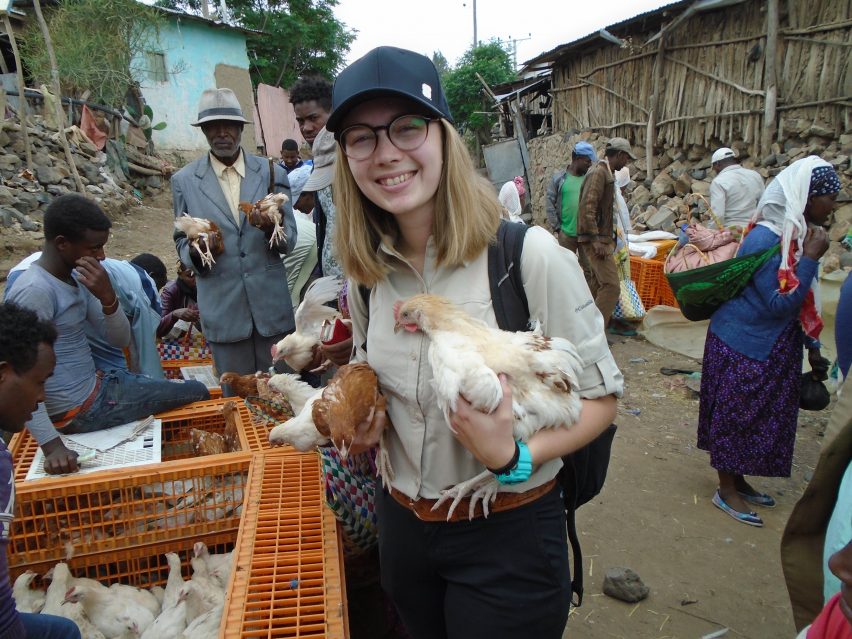
Five new research projects from NC State College of Veterinary Medicine students address some of today’s most pressing global health challenges. They also provide substantive hope for a healthier tomorrow.
The international research, a requirement to earn a CVM certificate in global health, focuses on topics as varied as tuberculosis transmission in South Africa and a particularly pernicious equine disease in Ethiopia.
Andy Stringer, director of global health education, leads the global health certificate program. The first certificate was awarded this year.
The 10-week projects are head-first dives into pressing global issues, funded in part by a generous donation from the Randall B. Terry, Jr. Foundation in support of student global health research. With help from mentors, students create detailed research plans, work directly with communities and conduct extensive fieldwork. In the end, all of the projects shed light on health issues this new generation of veterinarians must tackle.
Caroline Balch, DVM candidate, Class of 2022
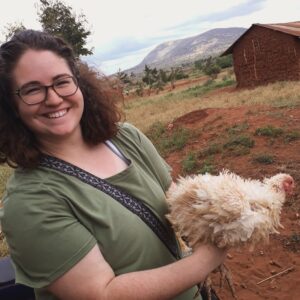
Project: Kenyan custodians of indigenous medicine for humans and livestock
Where: Kasigau, Taita, Kenya; Ongata Rongai, Kajiado County, Kenya
The work: Exploring the attitudes of those practicing or using traditional medicine in rural and urban environments, Balch paid particular attention to Kenyan women who use traditional methods to treat livestock and children. Study participants included both men and women who also practice more clinical forms of medicine. Information was obtained through focus group discussions, in-depth interviews and first-hand observation of practices.
Impact: Though clinical medicine is accessible in Kenya’s urban environments, traditional medicine is also widely practiced in those areas, said Balch when presenting her research. The World Health Organization estimates that 80% of people in rural Africa utilize traditional medicine.
Though about 75% of all rural livestock keepers are women, Balch noted, little is known about their specific knowledge and contributions to traditional medicine. The research project is ongoing, and future studies may help integrate legitimate traditional medicine techniques into clinical medical systems.
Marisa Hofmeister, DVM candidate, Class of 2021
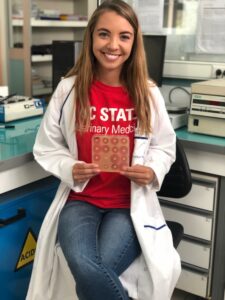
Project: Examining antimicrobial resistance in E. coli using a One Health approach
Where: Dakar, Senegal
The work: Working at the experimental microbiology department at the Institut Pasteur, a CVM research partner, Hofmeister analyzed samples from humans, poultry and waste water for E. coli. Those samples will then be compared to one another and used in conjunction with data on antimicrobial usage to pinpoint risk factors antimicrobial resistance rates. It’s a project reflecting the One Health philosophy that human, animal and environmental health are intertwined.
The impact: Antimicrobial resistance is a looming global threat. The World Health Organization calls AMR one of today’s biggest threats to global health and food security. It is seen in every country. In one of many examples of AMR’s threat, resistance to medicines widely used to treat urinary tract infections is now common in E. coli.
AMR “requires a multi-faceted response between different fields as well as between countries,” noted Hofmeister.
Research projects like Hofmeister’s are especially important to developing countries, where overcrowding, poor sanitation and inappropriate antimicrobial usage accelerate AMR. Hofmeister’s work has the potential to reveal specific AMR risk factors in Senegal and produce data that can lead to more effective surveillance systems that quickly uncover outbreaks and analyze AMR trends.
Stephanie Krasteva, DVM candidate, Class of 2021
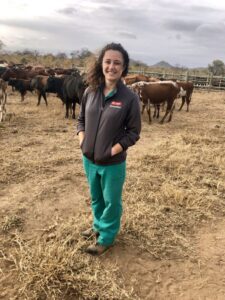
Project: Prevalence of Mycobacterium tuberculosis complex in cattle bordering Kruger National Park
Where: Bushbackridge, Mpumalanga province, South Africa; Cape Town, Western province, South Africa
The work: Through blood samples, Krasteva identified cattle impacted by Mycobacterium bovis, which causes bovine tuberculosis or bTB. Also performed: a tuberculin skin test, the most common way to get an early diagnosis of bTB in cattle. The blood samples from animals who tested positive will then undergo a new type of test, QuantiFERON-TB, which can determine the presence of multiple conditions within the Mycobacterium tuberculosis complex, a group of related species that cause tuberculosis.
The impact: In South Africa, M. bovis poses a large threat to livestock and human health. In the country, cattle are mostly unconfined. They share grazing and water sources with other livestock, human residents and wildlife, which makes transmission of tuberculosis difficult to control. Krasteva noted that farmers in the area were familiar with human tuberculosis though many did not know about the potential of bTB transfer from animals to humans.
“We spent a few days with them discussing the risks of transmission and how they could protect themselves and their animals,” she said.
In 2018, the World Health Organization’s global tuberculosis report noted that there were 10 million new cases of tuberculosis worldwide, causing 1.6 million deaths. With multiple drug-resistant TB strains impacting countries around the world, more effective testing and prevention techniques are vital. That’s fueled by research such as Krasteva’s.
Hannah Sather, DVM candidate, Class of 2022
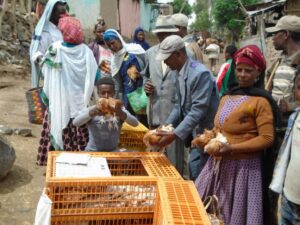
Project: Investigation of backyard poultry health and production constraints in rural Ethiopia
Where: Debre Zeit, Central Ethiopia
The work: Sather explored how improving backyard poultry production also means improving childhood nutrition in Ethiopia, where backyard systems account for about 97% of poultry production environments. Sather conducted interviews at the country’s veterinary and agriculture research institutes, private veterinary pharmacies and farmer training centers in rural villages. Proposed changes ranged from enhancing supplemental nutrition to continuing veterinary education opportunities.
The impact: Food security, access to safe and abundant food, is a longtime research priority at the CVM. More than 820 million people in the world suffered from chronic hunger in 2018, according to the Food and Agriculture Organization of the United Nations. Africa has the highest prevalence of undernourishment at almost 20%.
Food insecurity has vast consequences. Sather noted a high rate of childhood stunting in Ethiopia: 33% of those between the ages of 6 to 24 months experience impaired growth due in part to poor nutrition. Improving backyard poultry productivity can have a huge impact on wider availability of animal-source foods in areas of the world that need it the most.
Ashlan Westbrook, DVM candidate, Class of 2021
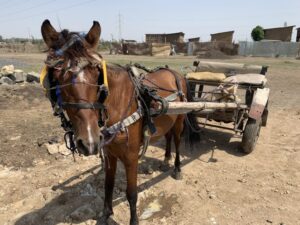
Project: Unraveling epizootic lymphangitis in horses
Where: Central Ethiopia
The work: Westbrook and a research team developed a comprehensive project that explores how epizootic lymphangitis, an infectious disease caused by the fungus Histoplasma capsulatum var. farciminosum, or HCF, is transmitted. Epizootic lymphangitis, or EZL, primarily affects horses, donkeys and mules. HCF can cause debilitating and life-threatening symptoms.
The team investigated transmission routes for HCF, identifying forms of contacts between horses and their environment, livestock and people within households and communities.
The Impact: Ethiopia contains Africa’s largest equine population and equids, which include horses, donkeys and mules, are crucial to the economy in both rural and urban areas. Westbrook notes that over 5 million donkeys are used for pack transport within the country and horse- and mule-drawn carts are common transportation methods in urban areas.
Access to treatment for EZL is challenging and expensive. “In advanced cases, if owners cannot find or afford effective treatment, animals are abandoned,” Westbrook noted. “These losses can lead to more than a 50% reduction in daily earnings, which has a devastating impact on poor families.”
Westbrook’s work may help outline geographic, socio-demographic and environmental factors fueling the spread of EZL. The results may help identify other transmission routes, informing future studies on disease surveillance and advancing understanding of EZL, “which could significantly improve animal welfare by developing sustainable disease control strategies within endemic regions and low-income counties,” Westbrook said.
~Jordan Bartel/NC State Veterinary Medicine
